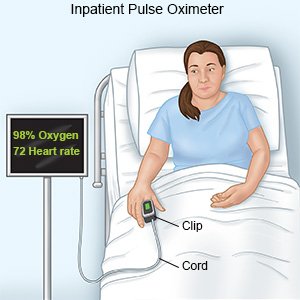Remote Superficial Femoral Artery Endarterectomy
Medically reviewed by Drugs.com. Last updated on Jul 7, 2024.
Remote superficial femoral artery endarterectomy (RSFAE) is a procedure to remove plaque inside the superficial femoral artery. The femoral artery is the main blood vessel in your thigh that carries blood and oxygen to the legs. Plaque is made up of fat, cholesterol, or tissues that may clog the artery. RSFAE helps improve blood flow and relieve symptoms caused by a narrowed or blocked artery.
WHILE YOU ARE HERE:
Before your procedure:
- Informed consent is a legal document that explains the tests, treatments, or procedures that you may need. Informed consent means you understand what will be done and can make decisions about what you want. You give your permission when you sign the consent form. You can have someone sign this form for you if you are not able to sign it. You have the right to understand your medical care in words you know. Before you sign the consent form, understand the risks and benefits of what will be done. Make sure all your questions are answered.
- Blood tests may be used to check your blood oxygen level.
- An IV is a small tube placed in your vein that is used to give you medicine or liquids.
- Medicines:
- Antiplatelets help prevent blood clots. This medicine makes it more likely for you to bleed or bruise.
- Antibiotics help prevent or fight a bacterial infection.
- Medicine may be given right before your procedure to make you feel relaxed and sleepy.
- Anesthesia is medicine given to make you comfortable during the procedure.
- Monitoring:
- A heart monitor is also called an ECG or EKG. Sticky pads placed on your skin record your heart's electrical activity.
- A pulse oximeter is a device that measures the amount of oxygen in your blood. A cord with a clip or sticky strip is placed on your finger, ear, or toe. The other end of the cord is hooked to a machine.

During your procedure:
- You will get anesthesia to numb the procedure area. Your healthcare provider will make an incision in your groin to see the femoral artery. Contrast liquid may be put in the artery to make the blocked area show up better in pictures. Your provider will then make an incision in the artery. The plaque will be removed from the artery.
- Contrast liquid will again be put into the artery. Pictures will be taken to make sure the plaque was completely removed. A stent may be placed inside the artery.
- The incisions will be closed with stitches or staples and covered with tight pressure bandages.
After your procedure:
You will be taken to a room where you can rest. Healthcare providers will watch you closely for any problems. You will then be taken to a hospital room, or you may be able to go home. A bandage may cover your stitches or staples. This bandage keeps the area clean and dry to help prevent infection.
- You will need to lie flat and still in bed for a few hours. Keep your leg straight and do not move it until your healthcare provider tells you it is okay. Your healthcare provider will tell you when it is okay to get out of bed. Call your healthcare provider before you get up for the first time. If you feel weak or dizzy after you get up, sit or lie down right away and call a healthcare provider.
- The pulses of your legs and in your feet will be checked often. This may show healthcare providers if you have any problems with blood flow after your procedure.
- Medicines may be given to prevent or treat nausea or pain.
RISKS:
RSFAE may lead to an infection, trouble breathing, or a life-threatening blood clot. Even after the procedure, the artery may become narrow again. The blood vessel may tear, causing bleeding.
CARE AGREEMENT:
You have the right to help plan your care. Learn about your health condition and how it may be treated. Discuss treatment options with your healthcare providers to decide what care you want to receive. You always have the right to refuse treatment.© Copyright Merative 2024 Information is for End User's use only and may not be sold, redistributed or otherwise used for commercial purposes.
The above information is an educational aid only. It is not intended as medical advice for individual conditions or treatments. Talk to your doctor, nurse or pharmacist before following any medical regimen to see if it is safe and effective for you.
Further information
Always consult your healthcare provider to ensure the information displayed on this page applies to your personal circumstances.
